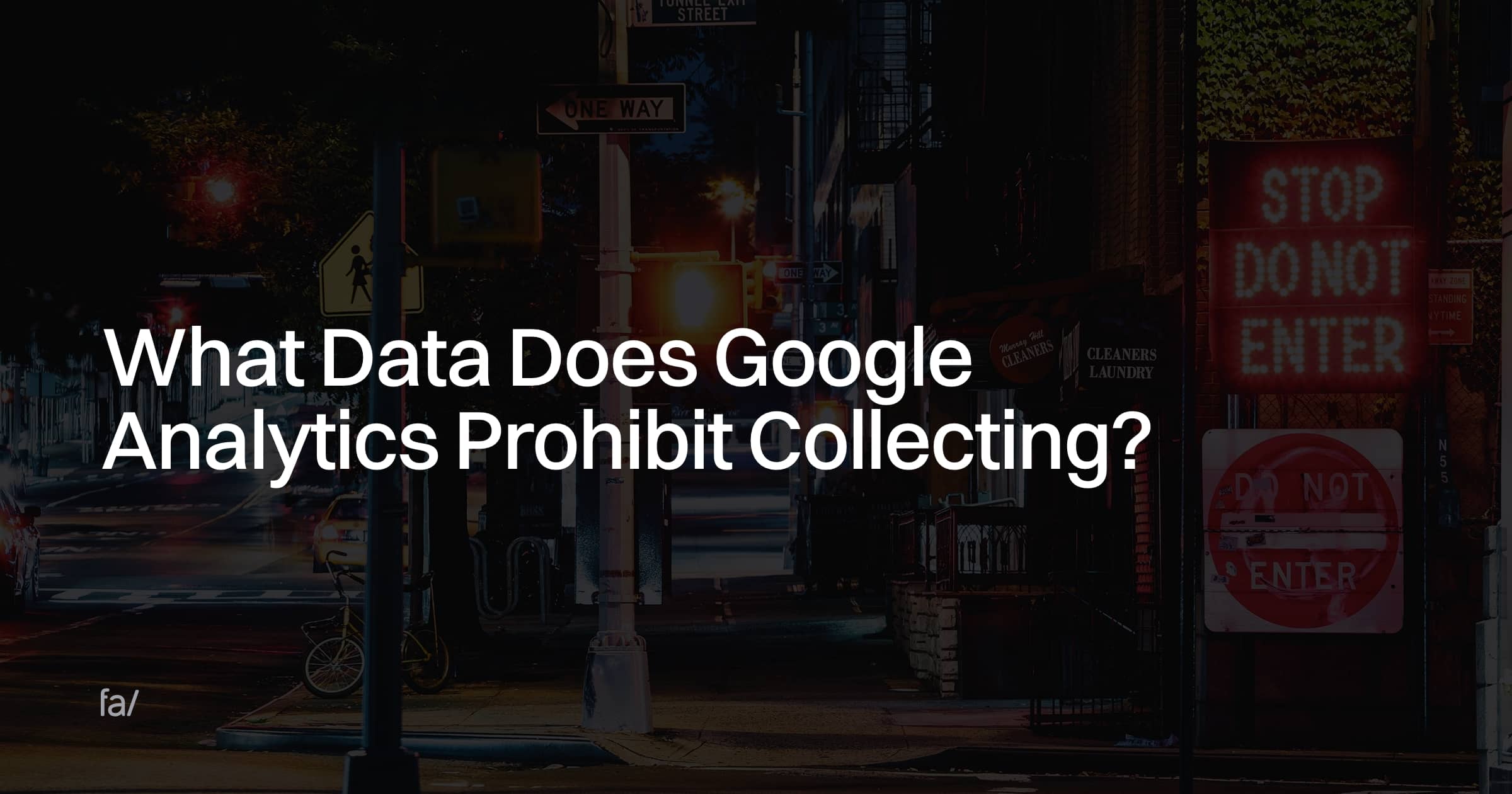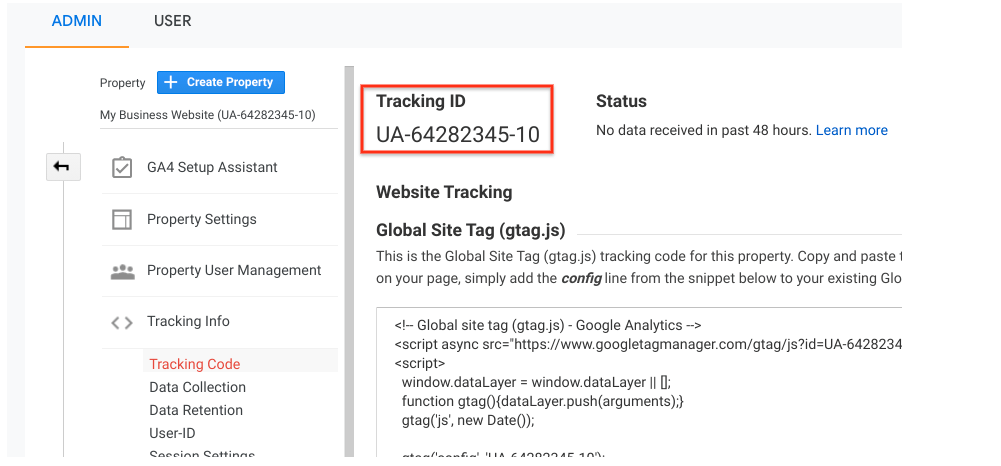Understanding the Art of Conquering Information Collection Limitations in Google Analytics for Better Decision-Making
In the world of electronic analytics, the ability to essence purposeful understandings from information is critical for informed decision-making. By utilizing calculated strategies and advanced methods, companies can boost their information quality, unlock hidden insights, and pave the method for even more enlightened and efficient decisions.
Information High Quality Analysis
Assessing the quality of information within Google Analytics is an essential action in making certain the integrity and precision of insights originated from the accumulated details. Data top quality assessment entails reviewing various facets such as precision, efficiency, uniformity, and timeliness of the information. One crucial element to take into consideration is data precision, which refers to how well the information mirrors real values of the metrics being gauged. Incorrect information can result in defective final thoughts and misdirected service choices.
Completeness of data is one more critical consider assessing information high quality. It includes guaranteeing that all necessary information points are collected which there are no spaces in the information. Incomplete data can alter evaluation results and prevent the capability to obtain a comprehensive sight of individual behavior or web site performance. Consistency checks are also crucial in data high quality assessment to recognize any inconsistencies or abnormalities within the information set. Timeliness is just as important, as obsolete data might no longer matter for decision-making processes. By prioritizing information quality analysis in Google Analytics, businesses can boost the integrity of their analytics records and make more educated choices based on precise understandings.
Advanced Monitoring Techniques
Using sophisticated monitoring techniques in Google Analytics can dramatically boost the deepness and granularity of data collected for more comprehensive evaluation and insights. One such technique is event tracking, which enables the surveillance of specific interactions on a web site, like clicks on buttons, downloads of data, or video sights. By applying occasion monitoring, organizations can obtain a deeper understanding of user behavior and interaction with their online material.
Furthermore, customized measurements and metrics offer a method to tailor Google Analytics to certain organization demands. Custom dimensions permit the creation of new information factors, such as customer roles or client segments, while custom metrics allow the tracking of distinct performance signs, like income per customer or typical order value.
Additionally, the usage of Google Tag Manager can simplify the application of tracking codes and tags across a web site, making it much easier to handle and release advanced monitoring setups. By taking advantage of these innovative monitoring techniques, businesses can open beneficial understandings and enhance their on the internet techniques for better decision-making.
Personalized Measurement Application
To boost the depth of information collected in Google Analytics past sophisticated tracking techniques like event tracking, services can execute personalized measurements for more customized insights. Custom measurements enable businesses to specify and collect details data factors that relate to their distinct objectives and objectives (What Data Does Google Analytics Prohibit try this Collecting?). By appointing customized dimensions to various components on a web site, such as individual interactions, demographics, or session information, organizations can gain an extra granular understanding of exactly how customers engage with their on-line homes

Attribution Modeling Approaches
By using the right attribution model, companies can precisely connect conversions to the ideal touchpoints along the customer journey. One typical attribution model is the Last Interaction model, which offers credit scores for useful reference a conversion to the last touchpoint an individual engaged with before converting.

Data Tasting Avoidance
When taking care of big volumes of information in Google Analytics, overcoming information sampling is vital to make sure precise insights are derived for notified decision-making. Data tasting happens when Google Analytics estimates patterns in data as opposed to examining the full dataset, possibly causing skewed outcomes. To avoid data sampling, one reliable method is to decrease the date array being examined. By concentrating on shorter amount of time, the chance of encountering experienced information reductions, providing a much more exact depiction of user actions. Furthermore, utilizing Google Analytics 360, the costs version of the system, can assist reduce sampling as it enables greater data limits prior to sampling starts. Carrying out filters to narrow down the information being examined can also assist in avoiding tasting issues. By taking these aggressive steps to minimize information sampling, services can extract a lot more precise insights from Google Analytics, bring about much better decision-making and improved general efficiency.
Conclusion
In verdict, understanding the art of conquering data collection constraints in Google Analytics is vital for making notified decisions. By performing a complete information high quality analysis, applying innovative tracking methods, using personalized dimensions, using attribution modeling methods, and preventing data sampling, companies can make sure that they have dependable and exact data to base their decisions on. This will eventually lead to directory extra effective strategies and better results for the organization.
